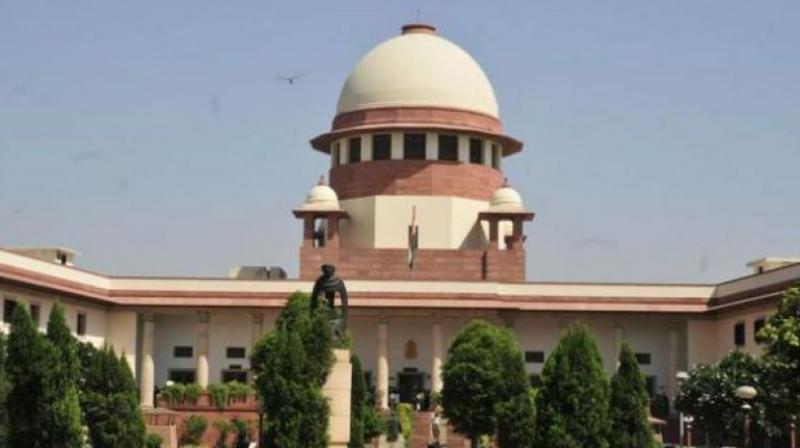Speculation on who scripted the verdict
At times former Chief Justice Dipak Misra too used this format of writing judgments starting with table of contents.

New Delhi: The day after Ayodhya judgment was pronounced, the legal circles are agog with the speculation ‘who is the author’ of the 1.045-page unanimous Ayodhya judgment by the five-judge Constitution Bench which gave the disputed site for the construction of Lord Rama’s temple and rejected the Sunni Central Waqf Board’s claim to the title of the 2.77 acres of the disputed site.
Of the 2.77 acres — the core area is 1,500 sq. yard.
The question that is making round is who among the five judges — Chief Justice Ranjan Gogoi, Chief Justice designate Justice S.A. Bobde, Justice D.Y. Chandrachud, Justice Ashok Bhushan and Justice S. Abdul Nazeer is the author of the judgment that was pronounced by the CJI Gogoi on Saturday.
Coupled with this, a game of guess is making round as to which judge is the author of 116-page addendum at the end of the judgment.
None in the legal fraternity could recall a similar instance where an important judgment — though none could be as important as one on Ayodhya — being pronounced without disclosing the name of the judge who authored it.
Analysing the style of writing the judgment by the five judges, each one of them have authored a large number of judgments, it is being ventured that the format of Ayodhya judgment could be traced to Justice Chandrchud.
It is being pointed out that the style of Ayodhya judgment starting with Index having the table of contents could be traced to Justice Chandrachud’s style of writing judgment.
One can see this style of judgment starting with a table of contents in Justice Chandrachud’s judgment holding privacy a fundamental right pronounced on August 24, 2017, judgment decriminalising homosexuality pronounced on September 6, 2018, Aadhaar judgment pronounced on September 26, 2018 and others.
At times former Chief Justice Dipak Misra too used this format of writing judgments starting with table of contents.
The identity of the judge who wrote the 116-page addendum too could be traced from the font that has been used while writing it.
From this font one can trace to some of the divergent or concurring views expressed by the said judge in earlier judgments. It appears that he is not one of the first three judges that had pronounced the Ayodhya judgment.

